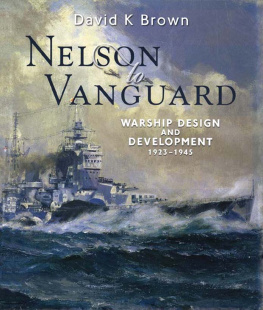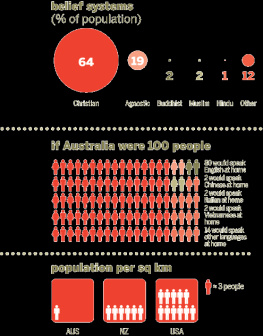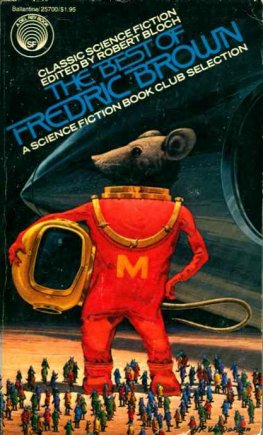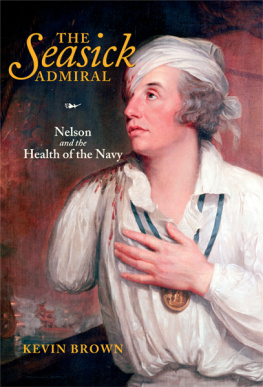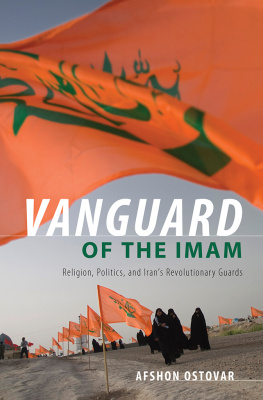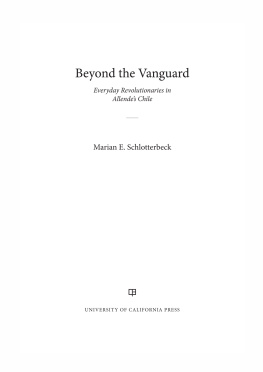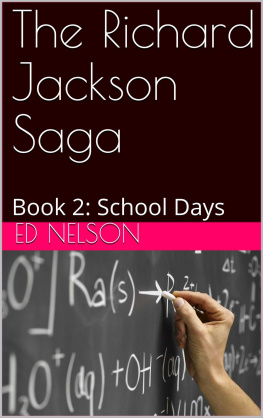Brown - Nelson to Vanguard
Here you can read online Brown - Nelson to Vanguard full text of the book (entire story) in english for free. Download pdf and epub, get meaning, cover and reviews about this ebook. year: 2012, publisher: US Naval Institute Press, genre: Non-fiction. Description of the work, (preface) as well as reviews are available. Best literature library LitArk.com created for fans of good reading and offers a wide selection of genres:
Romance novel
Science fiction
Adventure
Detective
Science
History
Home and family
Prose
Art
Politics
Computer
Non-fiction
Religion
Business
Children
Humor
Choose a favorite category and find really read worthwhile books. Enjoy immersion in the world of imagination, feel the emotions of the characters or learn something new for yourself, make an fascinating discovery.
- Book:Nelson to Vanguard
- Author:
- Publisher:US Naval Institute Press
- Genre:
- Year:2012
- Rating:3 / 5
- Favourites:Add to favourites
- Your mark:
- 60
- 1
- 2
- 3
- 4
- 5
Nelson to Vanguard: summary, description and annotation
We offer to read an annotation, description, summary or preface (depends on what the author of the book "Nelson to Vanguard" wrote himself). If you haven't found the necessary information about the book — write in the comments, we will try to find it.
Nelson to Vanguard — read online for free the complete book (whole text) full work
Below is the text of the book, divided by pages. System saving the place of the last page read, allows you to conveniently read the book "Nelson to Vanguard" online for free, without having to search again every time where you left off. Put a bookmark, and you can go to the page where you finished reading at any time.
Font size:
Interval:
Bookmark:

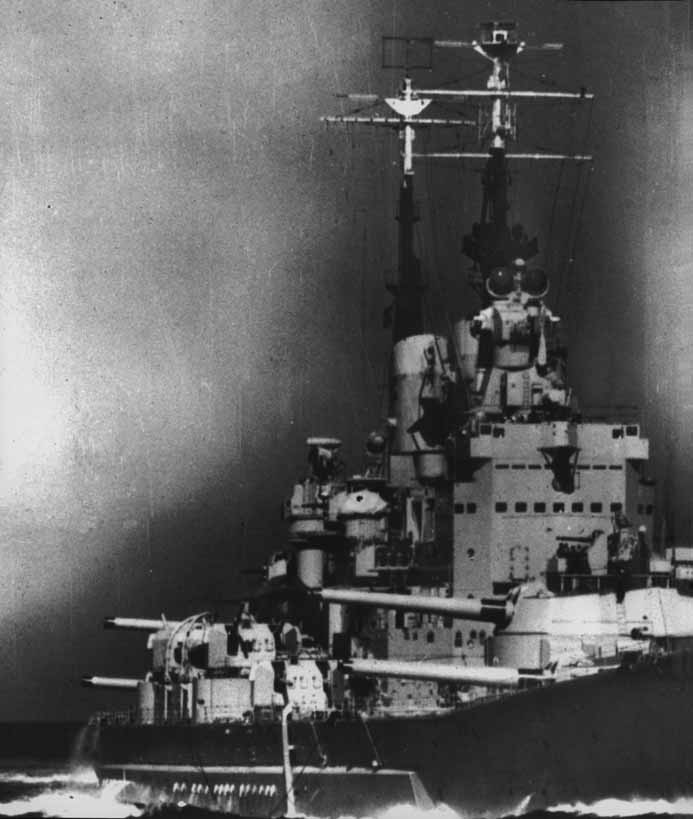
WARSHIP DESIGN
AND DEVELOPMENT
19231945
David K Brown
Seaforth
PUBLISHING
Frontispiece
Vanguard, The last Big Gun battleship.
(Admiralty photo, courtesy R A Burt)
Copyright David K Brown 2000
This edition first published in Great Britain in 2012 by
Seaforth Publishing,
Pen & Sword Books Ltd,
47 Church Street,
Barnsley S70 2AS
First published by Chatham Publishing 2000
Reprinted 2006 & 2012
www.seaforthpublishing.com
British Library Cataloguing in Publication Data
A catalogue record for this book is available from the British Library
ISBN 978 1 84832 149 6
All rights reserved. No part of this publication may be reproduced or transmitted in any form
or by any means, electronic or mechanical, including photocopying, recording, or any
information storage and retrieval system, without prior permission in writing of both the
copyright owner and the above publisher.
The right of David K Brown to be identified as the author of this work has been asserted by
him in accordance with the Copyright, Designs and Patents Act 1988.
Typeset and designed by Roger Daniels
Printed and bound in China by 1010 International, Limited
T HIS BOOK continues the theme of The Grand Fleet, and deals with the history of British war-ship design and construction from the Washington Treaty of 1921 to the end of the Second World War. The technologies of the naval architect will be covered in detail, those of the marine engineer less fully, while other specialisations such as weapon design will be considered only in so far as they affect the ship. The big ships of the era have been well covered by other authors and hence I have tried to emphasise the problems of lesser vessels.
The inter-war years were dominated by three main constraints; treaties limiting the number and size of ships, budgetary restrictions and a very strong mood of pacifism in the country. The main treaties were the Washington Treaty of 1921, the London Treaty of 1930 and the London Treaty of 1936. The last of these was never ratified but the majority of RN ships designed during the rearmament of the late 1930s conformed to the limits which that treaty would have imposed, although several other navies paid little attention to the limits which they had accepted.
Funds for warship building were never great and diminished even further during the depression of the early 1930s, though the effects are often exaggerated. It must be remembered that the Washington and later limitation treaties were governments way of limiting naval expenditure. There were no such treaty limits on the Army or the RAF and they were even worse off than the Navy. It will be argued that the RN benefited from the limitations imposed as these appeared to set an internationally agreed size of the fleet. The Army and Air Force had no such basis for argument.
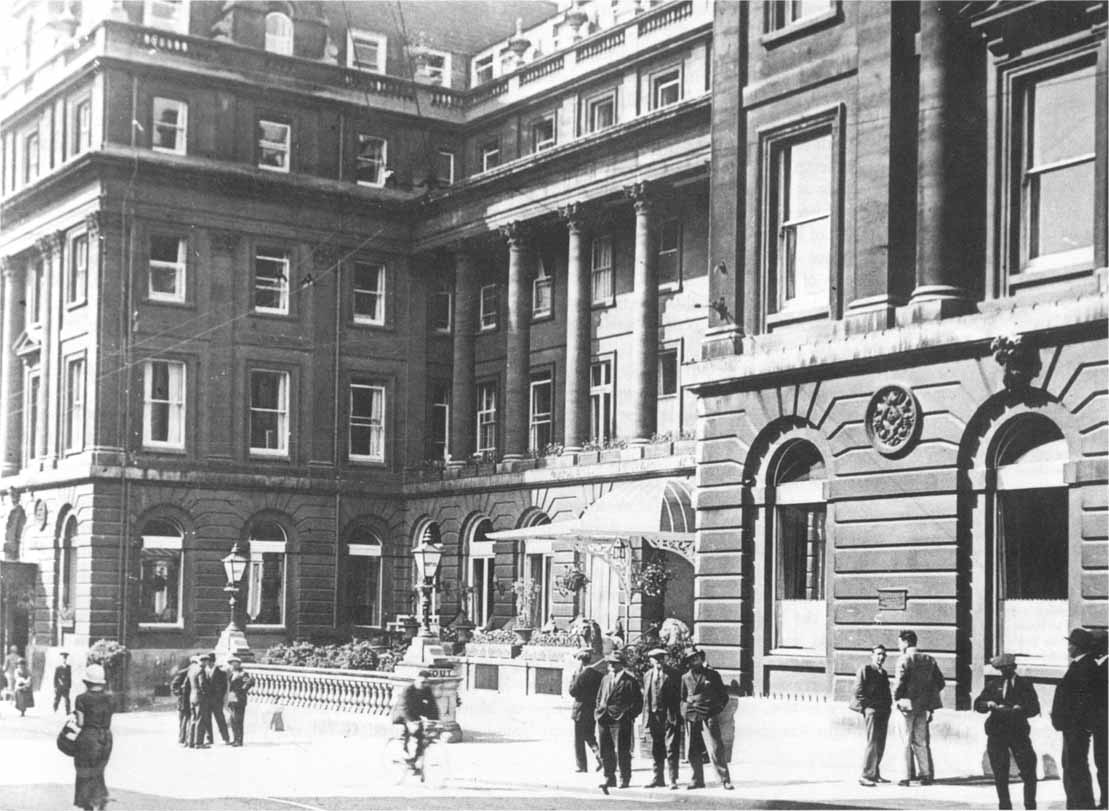
For much of the war, British warships were designed in the Grand Pump Room Hotel, Bath, since demolished. (Authors collection)
The size and hence the capability of major warships was limited by the treaties but there were no such limits on the power of most weapons. This was brought out clearly by Stanley Goodall, Director of Naval Construction (DNC) from 1936 to 1944, in a paper of 1937 It is unusual to get such a clear view of the action as seen from the top. A brief biographical note follows.
To some extent, British naval thinking concentrated on a rerun of Jutland in which Fleet Air Arm torpedo bombers would slow the enemy battlefleet which would then be engaged and sunk by the guns of the RN. As Controller and as First Sea Lord Admiral Chatfield dominated the Board. He stated his priorities as being to rebuild the battlefleet, to increase our cruiser strength to a minimum of 70 and to free the Fleet Air Arm from Air Ministry control. As Beattys Flag Captain at Jutland, Chatfield had become a firm advocate of heavy armour which had a major effect on the design of battleships and carriers. One may also see the influence of Admiral Henderson in advancing many aspects of technology. It was, indeed, an era of great menChurchill, Chatfield, Henderson, Oswyn Murray (Permanent Secretary to the Board) and Goodall himself.
Smaller ships were not entirely forgotten but successive reviews of anti-submarine warfare (ASW) suggested that trade protection against German submarines could be provided by older destroyers and the few sloops with trawlers in coastal waters. The ASW picture up to the fall of France goes far to justify this approach. After many failures, successful prototype landing craft for men and light tanks had been developed by 1939.
At the end of the previous volume, it was suggested that many promising technical developments died about 1923. Machinery lagged further and further behind the USN while welding made only very slow progress, and longitudinal framing was only introduced for destroyers in 1937. The first post-war ships had a very heavy anti-aircraft armament for the day but this lead was lost, particularly in control aspects. Much thought was given to protecting battleships from high-level bombing and torpedoes but it was thought that for smaller ships their manoeuvrability was sufficient protection. For what seemed good reasons the threat of the dive bomber was discounted.
Directors of Naval Construction | Engineers-in-Chief |
Eustace Tennyson dEyncourt 191223 | George Goodwin 191722 |
Edward Berry 192430 | Robert Dixon 19228 |
Arthur Johns 19306 | Reginald Skelton 19282 |
Stanley Goodall 193644 | Harold Brown 19326 |
Charles Lillicrap, 194451 | George Preece 19369 |
(All knighted) | (All Engineer Vice-Admiral, Sir) |
This book concludes my series on British warship design: Before the Ironclad, Warrior to Dreadnought and The Grand Fleet. I was too much involved in later ships to attempt a dispassionate account though there may be a more personal memoir. The first generation of post-war ships are, however, included as showing the perceived lessons of the war.
One must make special mention of John Campbell who up to his death in 1998 was such a help on armament matters to so many writers. George Moore allowed me to use the fruits of his research in the PRO and other record collections. He and Iain McCallum read all my drafts and made most valuable suggestions. Many of those who worked on these designs are still alive and have made important contributionsJ C Lawrence, E McNair, A J Vosper, and F H Yearling. The author served in several of the ships described during training for the RCNC. John Roberts has been most helpful with illustrations. Thanks are due to L Leventhal for permission to use material in . Robert Gardiner and his team at Chatham have done their usual splendid work.
As before the selection of photos has been assisted by the secretaries of the Naval Photograph Club and the World Ship Society, presently F Lindegaard and Dr R O Osborne. Both societies hold sales of photos which I have attended over the last half-century and it has not been possible to trace the origin of all those used and I apologise for any unwitting use of someones material.
Font size:
Interval:
Bookmark:
Similar books «Nelson to Vanguard»
Look at similar books to Nelson to Vanguard. We have selected literature similar in name and meaning in the hope of providing readers with more options to find new, interesting, not yet read works.
Discussion, reviews of the book Nelson to Vanguard and just readers' own opinions. Leave your comments, write what you think about the work, its meaning or the main characters. Specify what exactly you liked and what you didn't like, and why you think so.

